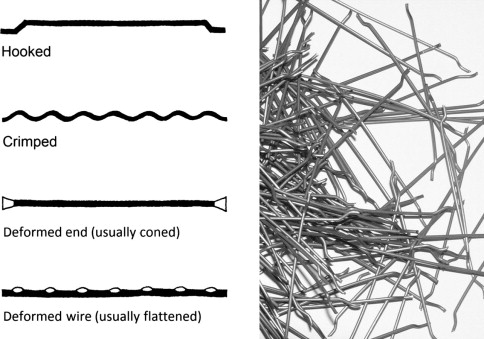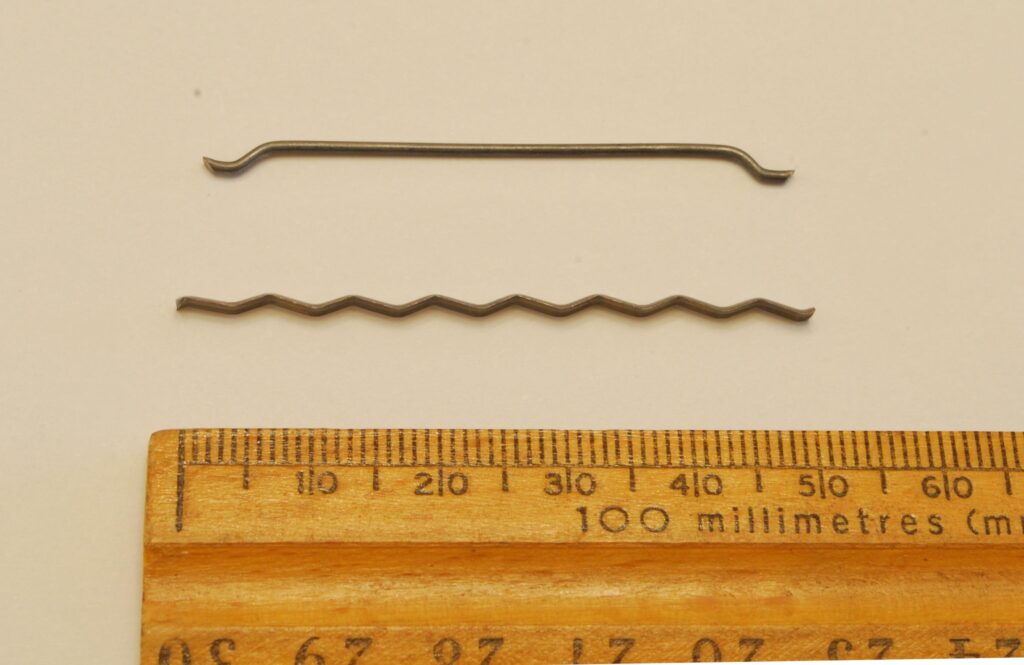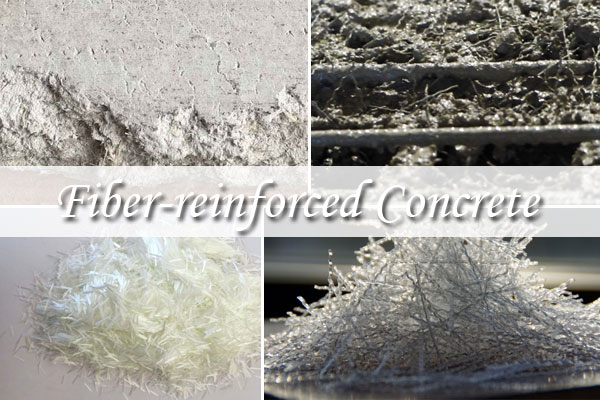Steel fiber is a popular material used in construction and industrial applications due to its strength and durability. However, not all steel fibers are created equal. In this article, we will explore the different types of steel fibers available on the market, their properties, and their applications. From hooked-end to crimped, we will cover the pros and cons of each steel fiber type, helping you make an informed decision for your project.
Introduction
Steel fiber is a widely used material in construction and industrial applications due to its high strength and durability. However, selecting the right steel fiber types for your project can be challenging. In this article, we will explore the different types of steel fibers available on the market, their properties, and their applications.
Hooked-End Steel Fiber
Hooked-end steel fibers feature a hooked end that helps anchor the fiber in concrete. This type of steel fiber is typically used in applications that require high energy absorption, such as industrial flooring and airport runways. Hooked-end steel fibers also offer excellent resistance to cracking and shrinkage.
Straight Steel Fiber
Straight steel fibers are a popular choice for concrete reinforcement due to their high tensile strength. They are commonly used in precast concrete products, shotcrete, and tunnel linings. Straight steel fibers also offer excellent resistance to impact and abrasion.
Crimped Steel Fiber
Crimped steel fibers have a wavy shape that provides better bonding with concrete. They are commonly used in applications that require high ductility and toughness, such as bridge decks and pavements. Crimped steel fibers also offer excellent resistance to fatigue and thermal shock.
Micro Steel Fiber
Micro steel fibers are small in size and typically range from 0.2mm to 0.6mm in diameter. They are commonly used in applications that require a high surface finish, such as architectural concrete and decorative flooring. Micro steel fibers also offer excellent resistance to cracking and shrinkage.
Blended Steel Fiber
Blended steel fibers are a combination of different types of steel fibers, such as hooked-end and straight fibers. They are commonly used in applications that require a balance of different properties, such as high strength and ductility. Blended steel fibers also offer excellent resistance to impact and abrasion.
Conclusion
In conclusion, selecting the right steel fiber types for your project is crucial for achieving the desired performance and durability. Each type of steel fiber has its own unique properties and applications. By understanding the different types of steel fibers available on the market, you can make an informed decision for your project. Whether you need high energy absorption, tensile strength, ductility, or surface finish, there is a steel fiber type that can meet your needs.


